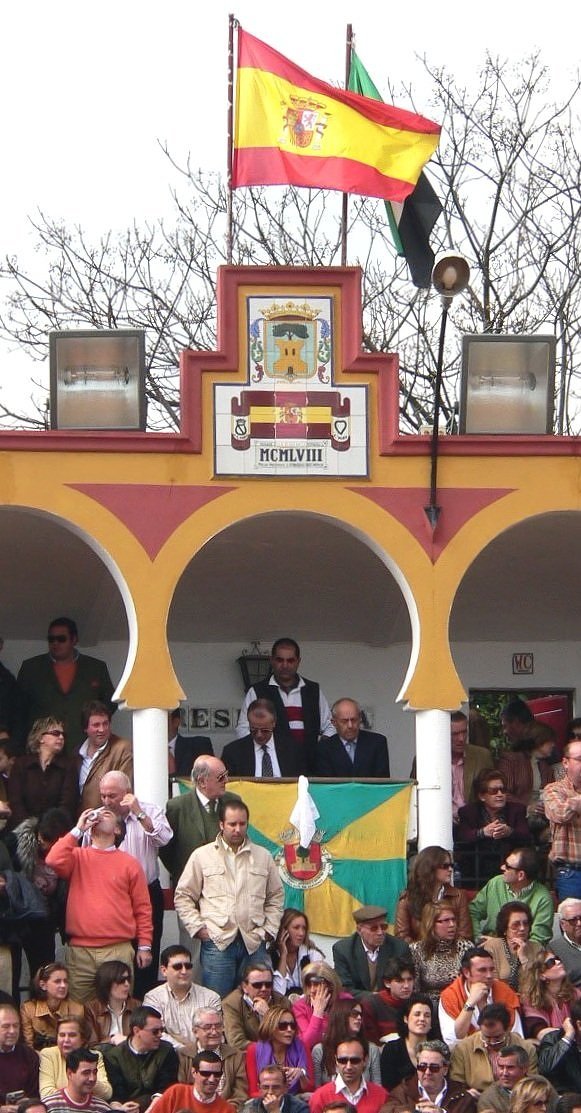Regulation changes - but in whose favour?
A new version of Andalucía’s Taurine Regulations is expected to come into being for the start of the 2025 temporada, with some commentators saying it may serve as a model for other parts of Spain given the current Government’s lack of desire to revisit the country’s national taurine regulations (in addition to those country-wide rules, there are currently local regulations covering Andalucía, Aragón, Castilla y León, Navarra and País Vasco). Some of the detailed proposed changes, however, appear to point to some disbenefits for aficionados.
While ticket refunds will apply if the lidia of one bull occurs but bad weather prevents the killing of a second, they will not be allowable if changes to a cartel are announced at least four days in advance of a corrida or if an abono has been purchased prior to the carteles being finalised. Changes in the toreros appearing will also not merit a refund providing the incoming torero is of the same professional grouping as the one being replaced. The current regulations classify Group A matadors as those appearing in at least 37 corridas in Europe in the previous year; Group B covers 13-36 appearances; and Group C covers everyone else.
Another change that will benefit the empresas are simplified administrative measures that are intended to reduce the bureaucracy and costs involved in putting on festejos. Will spectators enjoy reduced ticket prices as a result?
The need for a sorteo can be dispensed with if all the participants agree and the event is a festival, a corrida concurso, a corrida de alternativa, a mano a mano or “espectáculos singulares o benéficos”. An additional bull may be fought - as occurs in Mexico - if all the lidiadores, the empresa and the ganadero agree (presumably the ganadero of the main string of bulls, as the ganaderos of sobreros from other ranches may well not be present).
Presidential powers will be increased in Andalucía in that presidents will be permitted to refuse the request of a majority of spectators petitioning for an initial ear if s/he considers the kill to have been poor. When contemplating awarding a second ear, the president must consider how the kill was executed and the placement of the estocada.
On the other hand, conditions for an indulto have been tightened. A president considering awarding an indulto must now take into account the bull’s willingness and eagerness to charge, its fixity in the cloth and whether or not it lowers its head, and, prior to such consideration, “practically all the spectators” (as opposed to a majority of spectators currently) must be requesting the award. When an indulto does happen, the maximum award to the torero will be two ears. There will now be an official register of presidents, and those who grant indultos outside of these rules will be banned from occupying that role for the following temporada. The ganadero or mayoral can be carried out through the puerta grande following an indulto, or at least two bulls having earned a vuelta en arrastre, or if five or more ears have been cut.
The shaving of bulls’ horns for rejoneo will be obligatory. On illegal horn-shaving, there will now be a presumption of innocence as far as the ganadero is concerned, so the likelihood is that the empresa or other players will be held responsible, if anyone... There is a requirement for all sanctions to be publicised.
Meanwhile, in France, questions have also been raised as to who benefits from changes to the country’s national taurine regulations, which are reviewed annually by the Union des Villes Taurines. The latest regulations, adopted in June, have been criticised by the aficionado-led Federation of Bullfighting Societies of France (FSTF) which claims that it was involved in no real consultation on the proposals as there was just one joint meeting with the Union in which only the first 19 articles out of the 92 in the regulations were discussed!
“We asked for presidents who were independent of the toreros, the organizers and the municipality,” says the Federation, “but there is nothing about this in this new version. On the contrary, it advises strengthening the palco by the presence of a former bullfighter or a breeder, and the choice of the two assessors is now made in consultation with the organiser. As for the training of presidents, there is no mention of it.”
The Commission Taurine Extra-Municipale (CTEM) is no longer in a position to ask the local mayor for an inspection of suspect bulls’ horns. Picadors now have more leeway, a previous clause saying the piccing should be done at the top of the morrillo and forbidding turning the horse around the bull, piccing a la carioca, or piccing the bull immediately after it has separated from the peto, having been deleted in its entirety, and the new regulations permit the picador to adjust the placement of the puya when the initial placement is poor (an action that French spectators regularly boo). The requirement for each bull to be picced twice now only applies in France’s 1st class rings.
Whilst there are some improvements in these new regulations, in both the French and Andalucian instances there are changes which appear to benefit the empresa and the toreros rather than the paying spectator and cast doubt on the future of la Fiesta.
